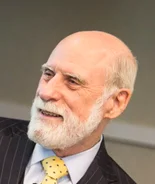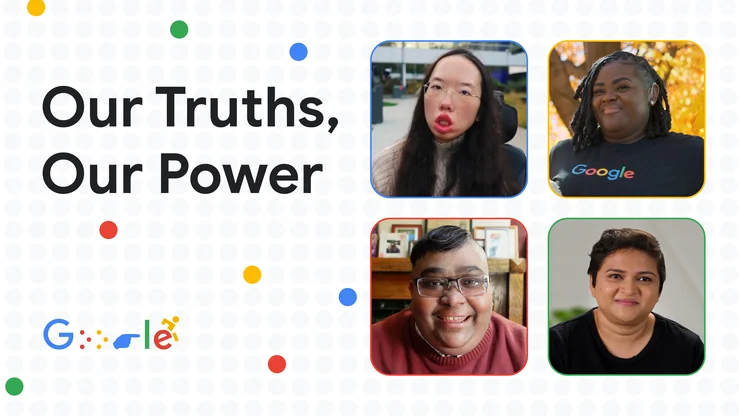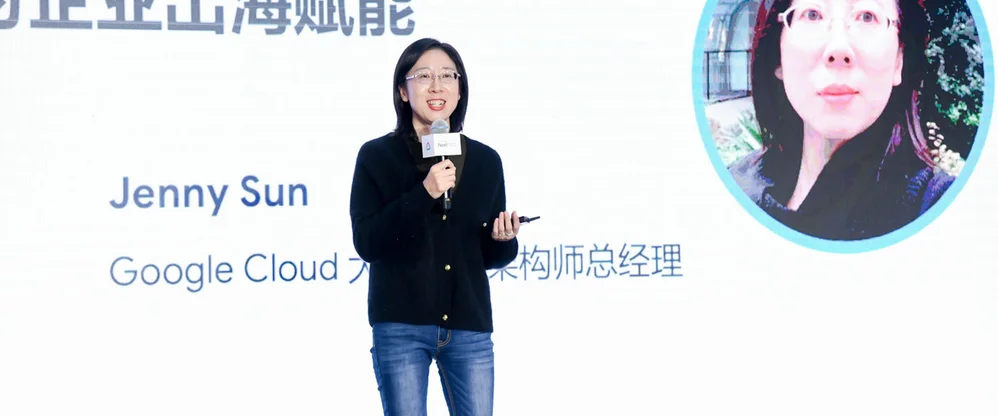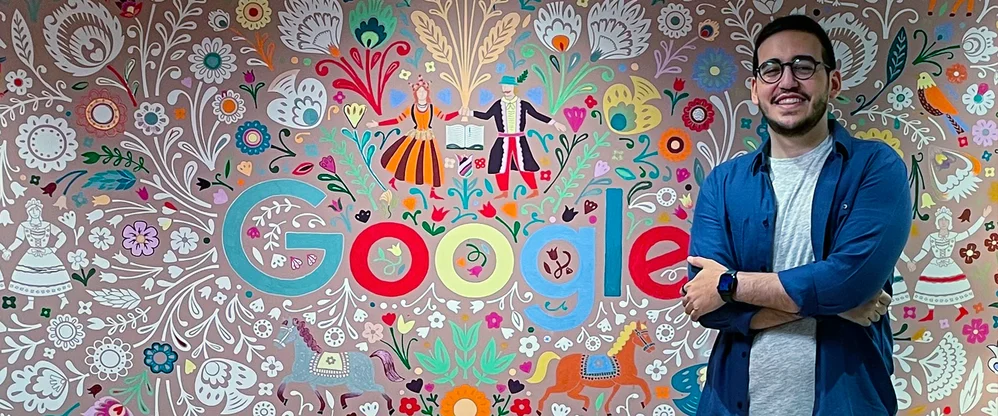Vint Cerf’s top moments from 50 years of the Internet
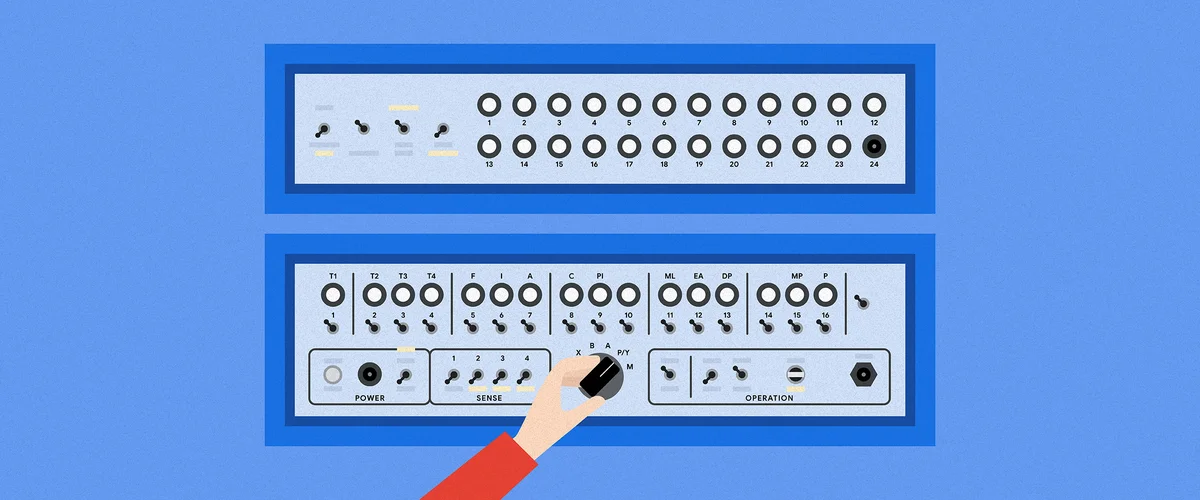
Editor’s note: On the 50th anniversary of the Internet, this post comes from one of the most knowledgeable sources out there. Though it’s not included in his official title, Vint Cerf is, in fact, one of the architects of the modern Internet.
Before there was the Internet, there was a packet. The “sending of the packet” was actually the first step toward the invention of the Internet as we know it, and it happened 50 years ago today. On that day, we established the first connection between two computers—from UCLA to the Stanford Research Institute—on the ARPANET, the predecessor to the Internet.
Connecting the planet in this way remains one of the most astounding technical and societal achievements of our lifetime. A lot has happened in the years since, and the rise of the Internet has come with its own set of challenges that will require new solutions. But over the years there have been many bright spots, including 17 moments that, for me, stand out the most.
1. October 29, 1969: The first packet was sent. This pioneered our understanding of operational packet switching technology, which prepared us for the subsequent development of the Internet.
2. 1971: Networked electronic mail was created using file transfers as a mechanism to distribute messages to users on the Arpanet.
3. 1974: The design of the Internet was released. Robert Kahn and I published “A protocol for packet network intercommunication.” In this paper we presented not only a protocol, but an architecture and philosophy that supported an open design for the sharing of resources that existed on different packet-switching networks.
4. November 22, 1977: A major demonstration of the Internet took place, linking three networks: Packet Radio, Packet Satellite and ARPANET.
5. January 1, 1983: The Internet was operationally born, and I’ve used an “electronic postcard” analogy to explain how it works.
6. 1983: The operational mobile phone arrived, which is crucial because, although the Internet and mobile phones were developed in parallel, they eventually proved to be complementary technologies.
7. 1984: Cisco Systems was founded, and with it came the arrival of commercial routers, which allowed the connection of disparate networks to share data between computers.
8. 1988: I realized the Internet was going to be really big when I attended an INTEROP show and exhibition, and there was a two-story exhibit from Cisco Systems. Turns out they spent $250,000 on that exhibit—you don’t do that unless you think it’s worth the expense and will drive business. That’s what triggered my interest in making the Internet accessible to the public.
9. December 1991: The invention of the World Wide Web introduced a new way of sharing information that had a profound impact on accessibility and utility. Its arrival illustrated how powerful the Internet could be for information discovery, access and sharing.
10. 1993: The release of the Mosaic browser to the general public was a stepping stone to the web that we know today. It was the first time there was an interface that was visually appealing to a general audience. Also that year, the word “meme” was used to describe a viral idea—although it would take another decade or two to become mainstream.
11. 1995: The IPO of Netscape Communications triggered a new era in technology and in business: the “Dot Com Boom.”
12. 1996: The arrival of voice over IP (Vocaltech), and the development of IPv6 allowed a superior cost benefit experience.
13. 1998: The Internet Corporation for Assigned Names and Numbers (ICANN) was created, which is still one of the most important institutions responsible for the technical aspects of Internet governance. That same year, Sergey Brin and Larry Page founded Google.
14. April 23, 2005: The first YouTube video was uploaded, which meant that ordinary people—not just television studios and broadcasters—could create and upload shareable videos. Today I turn to YouTube for “how to” videos like cooking and fixing problems with software, and watching TED talks or science explanations.
15. 2007: The first smartphone marked a collision of two revolutionary technologies: the mobile phone, which made the Internet more accessible, and the Internet, which made the mobile phone more useful.
16. June 5, 2012: Google, as well as many other websites, Internet Service Providers (ISPs), and network hardware manufacturers permanently switched on Internet Protocol v6 (IPv6) as part of the World IPv6 Launch. At the time, the Internet was running out of IP addresses, but IPv6 allowed for unlimited growth of IP addresses in the future. This was also the subject of my first tweet!
17. 2019-2069 (the next 50 years): In the next five decades I believe that computer communications will become completely natural. Like using electricity, you won’t think about it anymore. Access will be totally improved—think thousands of low Earth orbit satellites—and speeds will be higher, with 5G and optical fiber, and billions of networked devices with increased interactive capabilities in voice, gesture, and artificially intelligent systems. I also imagine an expansion of the Interplanetary Internet. But who knows, after everything that has been accomplished in the past 50 years, the only thing we can be certain about is that the possibilities are endless.
